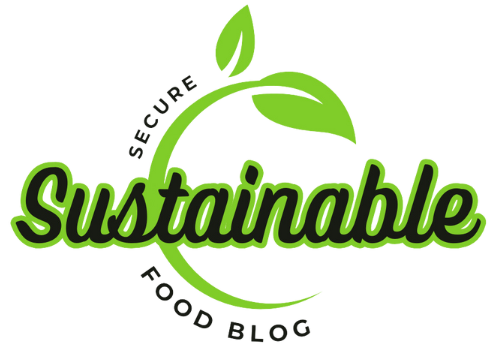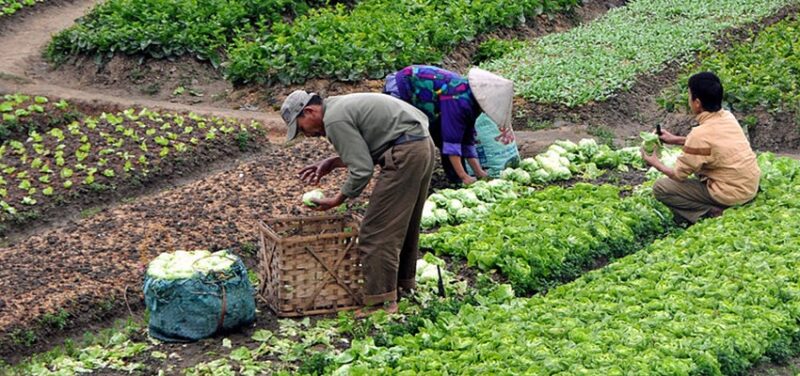Smallholder farms are common in both developing and developed countries.
They produce 80% of the world’s food supply. Smallholder farms contribute tremendously to:
- Food and nutrition security,
- Raw materials,
- Income,
- Economic markets through the flow of other goods and services and,
- The overall development of nations.
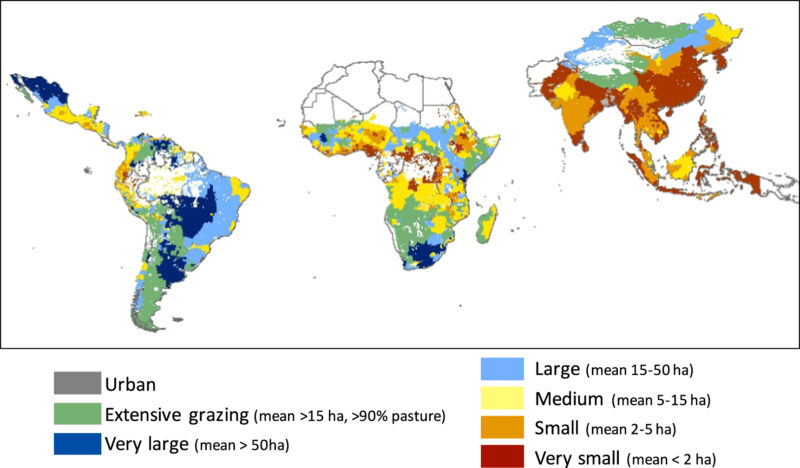
There are about 475 million smallholder farms worldwide. They are in sub-Saharan Africa, South Asia, Europe, and some in the United States. About two-thirds of all farms in Europe are smallholder.
Although smallholder farms produce 80% of the world’s food supply, they only take up about 12% of the usable land. Women in developing countries are key players on smallholder farms and provide about 43% of agricultural labor.
Smallholder farms are higher yielding than their larger counterparts, despite their reduced acreage. A bigger percentage of their land is allocated to the production of food crops. These farms also play a vital role in environmental sustainability and conservation. There is a respectful relationship between farmer and land, fostered by the use of local/traditional knowledge and farming techniques for crop and animal husbandry.
Challenges Facing Smallholder Farms
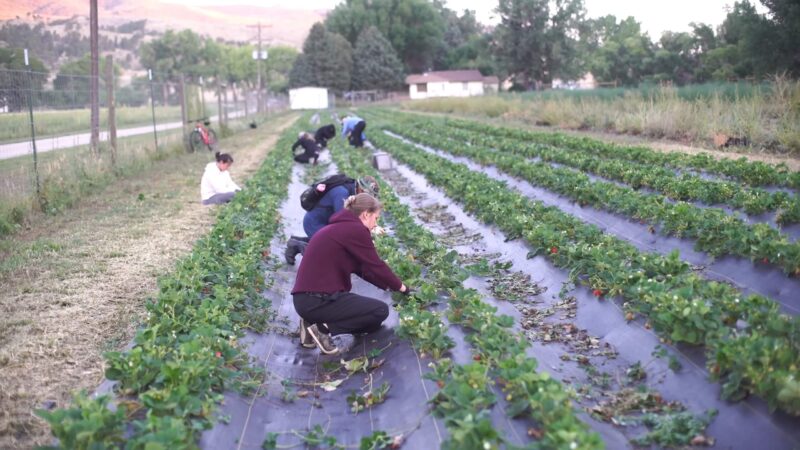
Smallholder farms are often centered around communal environmental responsibility. They use fewer pesticides and thus they have reduced environmental negative impact.
These farms are also big promoters of biodiversity. Because the farmers plant a variety of crops for food and market, this provides a variety of natural habitats. Additionally, most smallholder farms are not heavily mechanized, and a bulk of their produce is often marketed locally. Combined, this reduces their carbon footprint.
One downfall is that smallholder farms are reported to have a slightly higher percentage of carbohydrate production. This is because they mainly grow cereals, roots, and tubers. Large-scale farms have a marginally higher percentage of protein production from larger acreages of pulses (dry beans) and fish farming, among others.
Despite smallholder farms being higher yielding, poverty is still rampant among farmers and their households. They often cannot afford basic needs. Investing or reinvesting in equipment is often difficult.
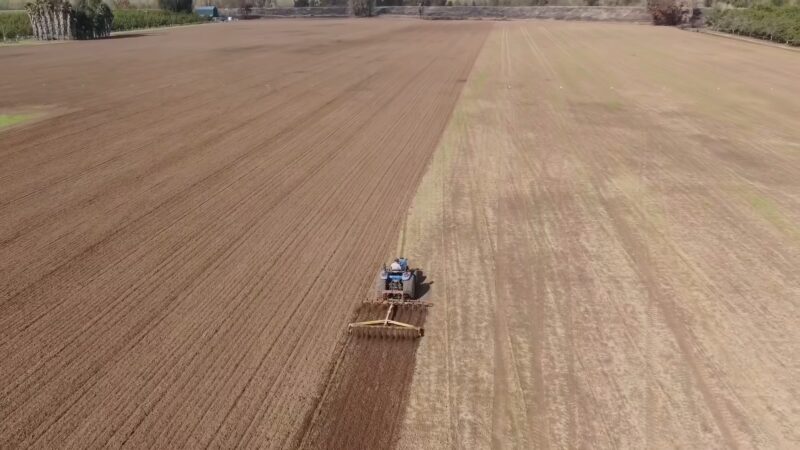
Farm work is also labor-intensive and tedious. They face other problems like poor infrastructure such as roads to reach markets. They often don’t have proper storage facilities and limited access to financing. Farmers also have limited access to agricultural services. Getting a consultation from extension, or quality inputs, especially seeds, fertilizers and equipment is difficult.
Climate change and ever-changing weather patterns worldwide affect all farms. Today, many smallholder farmers and their households are one seasonal drought or flood away from hunger and malnutrition.
Supporting Small Farms
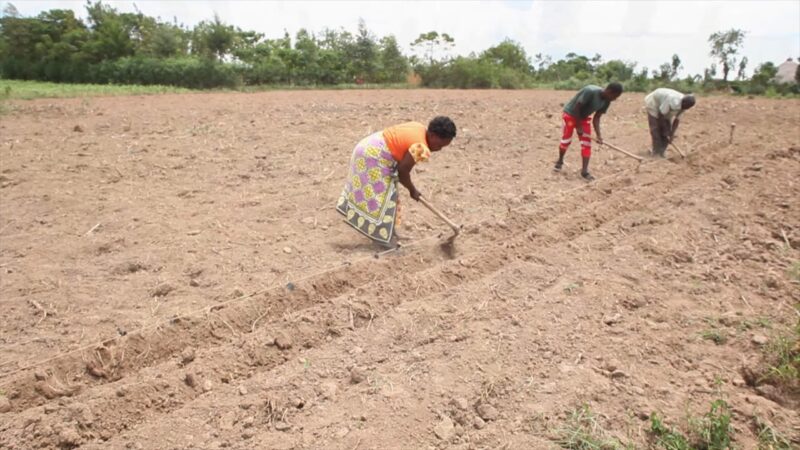
It’s clear we need solutions to support family farms through tougher times ahead. Teaching strategies like drought-wise planting and crops suited to less rain can boost what land provides. Yet sharing tools and maintaining them as a group likewise offers relief through community strength.
Still, without aid from leaders, such answers alone won’t yield the fruits of their labor smallholders need. Buildings, roads, loans, and machines open new doors to sell surplus or adopt advances—this infrastructure gives power to people coaxing livelihood from the earth.
FAQ
What defines a smallholder farm?
Smallholder farms are defined as farms that occupy less than five acres of land, playing a critical role in global food production and biodiversity.
Why are smallholder farms important?
They produce a significant portion of the world’s food supply, support biodiversity, and have a lower environmental impact compared to larger farms.
How can smallholder farms be more sustainable?
Sustainable practices include the use of traditional farming techniques, crop diversification, and adopting climate-smart agriculture methods.
What are the main challenges smallholder farms face?
Challenges include poverty, limited access to markets and financing, climate change, and the need for more sustainable farming practices.
How can we support smallholder farms?
Support can come through policy changes, infrastructure development, providing access to finance, and promoting local food consumption.
Final Words
Despite facing substantial obstacles, the resilience and efficiency of these farms underscore the necessity for targeted support and investment.
By championing policies that enhance accessibility to resources, encourage sustainable practices, and bolster climate resilience, we can ensure the vitality of smallholder farming for future generations.
Their success is not just a matter of agricultural prosperity but a pivotal element in the quest for global food security and environmental stewardship.
